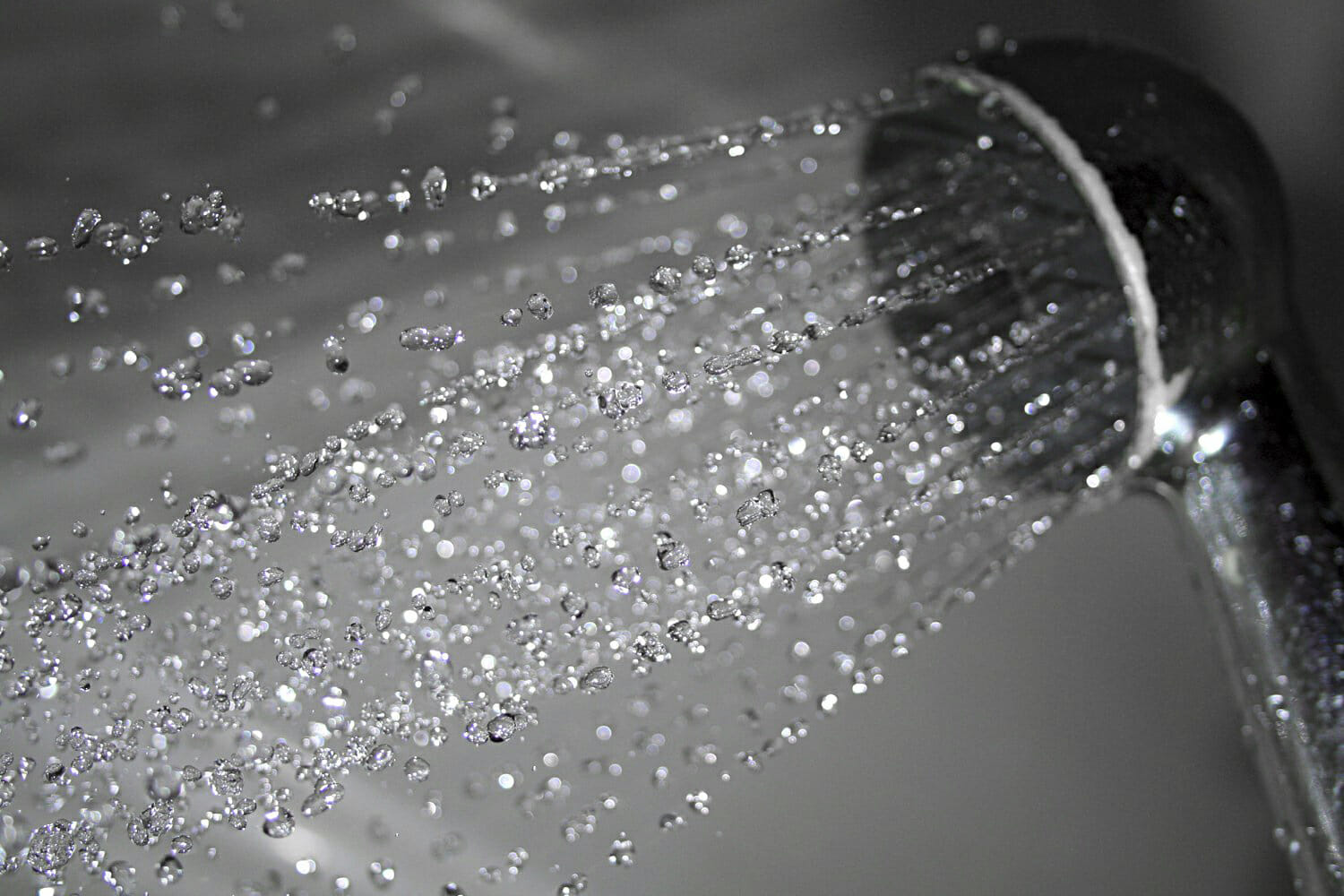When you want to relax in a
hot shower, it can be frustrating when you quickly run out of hot water. So, what causes this problem and what can be done?
Sediment In Your Water Heater
Hard water contains mineral including magnesium and calcium carbonate. As the water passes through your water heater, these minerals can create sediment that accumulates inside the tank. As the sediment level increases, it reduces the water capacity of your water heater and thereby reduces the amount of water that can be heated at once.
The solution to this is to have your water heater drained and flushed. Most manufacturers recommend that you schedule a professional plumber appointment for complete maintenance each year.
A Small Water Heater Tank
If your family has increased or you’ve moved into a home that was previously inhabited by a smaller family, the chances are that your water heater tank may not be large enough to meet the requirements of your family. If you’re the last one to make it into the shower, this could explain why you get the cold shower. Remember that your water heater needs to provide enough hot water for showers, washing dishes, washing clothes and all the other chores around the home, so you need a model with sufficient capacity.
If the issue has become a major problem, or your water heater is 10 years older or more, it could be worth considering an upgrade. You can ensure that a new water heater is perfectly sized to meet your requirements and eliminate the problem of running out of hot water mid-shower.
If you feel that your current water heater is not up to par, you need to know how to find one that fits your needs. You’ll need to calculate the peak hour demand to size your new water heater. This will reflect the highest demand for hot water in a one hour period in your home. This figure can be used to find a model with an FHR or First Hour Rating that is approximately the same as the figure you calculated. FHR is a measurement of the number of gallons of hot water supplied per hour, assuming a full tank. The FHR of potential water heater models is usually documented on the Energyguide label.
A Broken Dip Tube
A Dip tube directs cold water into the bottom of your water heater. This is where the heating element is placed to ensure properly warmed water. Unfortunately, if the dip tube becomes broken, the cold water will just mix with the warmed water at the top of the tank. This means that you will only be supplied with tepid water or you may find that your hot water will run out quicker than it normally would. The effects of a broken dip tube will depend on how much of the tube has broken off. You may be able to diagnose this problem if you notice small pieces of plastic clogging up strainers, in your showerhead or trapped in your appliance filters. Unfortunately, this is a fairly complex problem that will require assistance from an experienced, professional plumber.
By Giovanni Longo President Flood Brothers Plumbing
Giovanni Longo is a 3rd generation master plumber who has been practicing his craft and trade in the greater Los Angeles area for well over a decade and a half. A plumbing and hydraulics-engineering innovator, Giovanni’s particular world-class expertise focuses on dealing with challenging sewer system designs as well as resolving complex commercial and residential draining issues. As a certified Flood Mitigation expert, he is also well versed in a wide variety of water damage and remediation solution.





